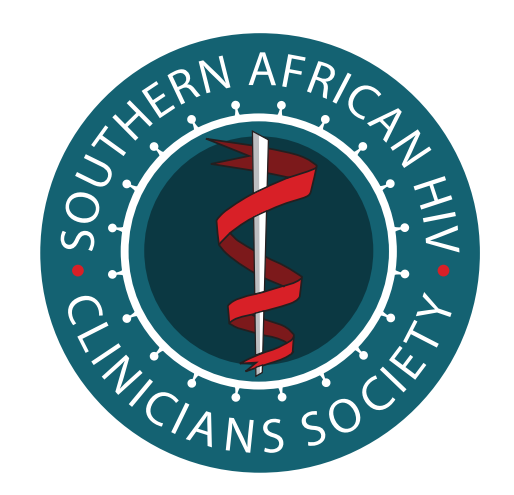Original Research
The prevalence and spectrum of mucocutaneous disease in South African people living with HIV and accessing care at a district-level hospital
Submitted: 16 August 2020 | Published: 10 December 2020
About the author(s)
Saskya Claasens, Division of Dermatology, Department of Medicine, Faculty of Medicine and Health Sciences, Stellenbosch University, Cape Town, South AfricaSusanna M.H. Kannenberg, Division of Dermatology, Department of Medicine, Faculty of Medicine and Health Sciences, Stellenbosch University, Cape Town, South Africa
Henry F. Jordaan, Division of Dermatology, Department of Medicine, Faculty of Medicine and Health Sciences, Stellenbosch University, Cape Town, South Africa
Karis Moxley, Research Development and Support Division, Faculty of Medicine and Health Sciences, Stellenbosch University, Cape Town, South Africa
Rhodine Smith, Division of Dermatology, Department of Medicine, Faculty of Medicine and Health Sciences, Stellenbosch University, Cape Town, South Africa; and, Division of Epidemiology and Biostatistics, Department of Global Health, Faculty of Medicine and Health Sciences, Stellenbosch University, Cape Town, South Africa
Johann de Wet, Division of Dermatology, Department of Medicine, Faculty of Medicine and Health Sciences, Stellenbosch University, Cape Town, South Africa
Willem I. Visser, Division of Dermatology, Department of Medicine, Faculty of Medicine and Health Sciences, Stellenbosch University, Cape Town, South Africa
Abstract
Background: Although the association between human immunodeficiency virus (HIV) and mucocutaneous diseases has been well studied within South African specialist centres, there is limited data from district-level hospitals. Available data may, therefore, fail to reflect the prevalence and full spectrum of dermatoses seen in people living with HIV (PLWH).
Objectives: To determine the prevalence and spectrum of dermatoses seen in PLWH.
Method: We conducted a cross-sectional, descriptive study of 970 PLWH (men and women, ≥ 18 years old) accessing care at Karl Bremer Hospital, a district-level hospital located in the Western Cape province, South Africa, between 01 September 2016 and 28 February 2017.
Results: The prevalence of mucocutaneous disease in this sample was 12.7% (95% confidence interval [CI] 0.11–0.15). Non-infectious dermatoses comprised 71.0% of the disorders. Pruritic papular eruption (20.0%) and seborrheic dermatitis (6.0%) were the most common non-infectious dermatoses. Tinea corporis (8.0%) and oral candidiasis (6.0%) were the most prevalent infectious dermatoses. There was no significant association between skin disease category (infectious or non-infectious dermatoses) and patient demographics (gender and ethnicity) or HIV-disease characteristics (CD4+ cell count, viral load and duration of antiretroviral therapy [ART]).
Conclusion: This study provides valuable scientific data on the prevalence and spectrum of mucocutaneous disease in PLWH attending a South African district-level hospital. Prospective studies conducted in other district-level centres across the country are required to determine the lifetime prevalence and spectrum of dermatoses in PLWH in the ART era.
Keywords
Metrics
Total abstract views: 2750Total article views: 2896
Crossref Citations
1. Mucocutaneous Manifestations Among HIV-Infected Patients in Madagascar: Cross-Sectional Study
Fandresena Arilala Sendrasoa, Volatiana Mercia Falimiarintsoa, Lala Soavina Ramarozatovo, Fahafahantsoa Rapelanoro Rabenja
JMIR Dermatology vol: 6 first page: e47199 year: 2023
doi: 10.2196/47199
